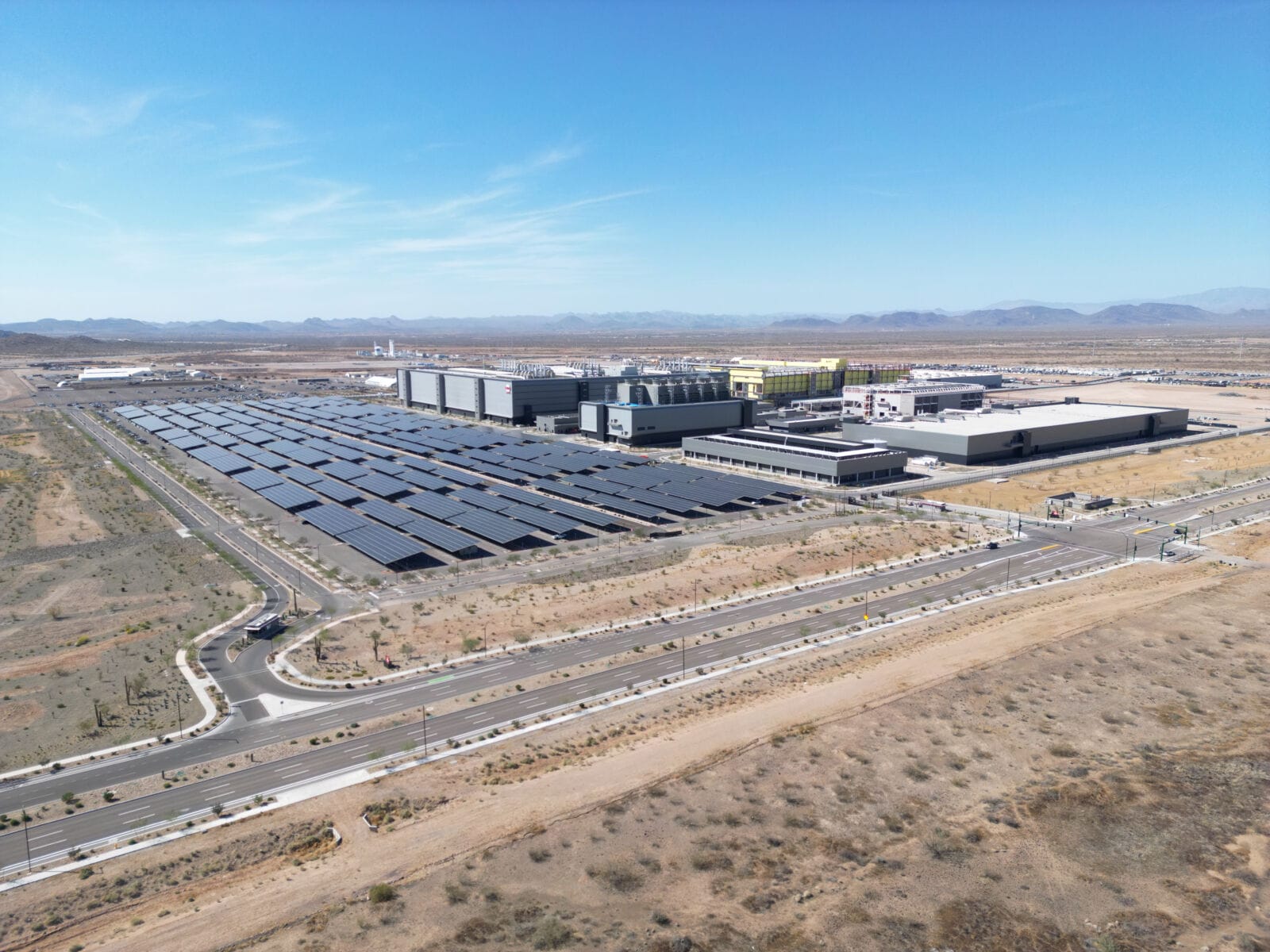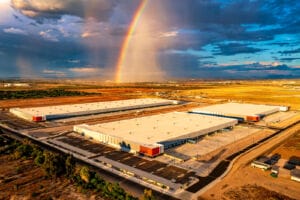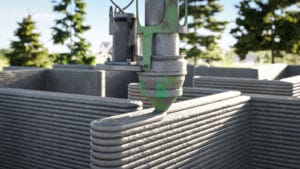On March 3, TSMC reported that its total investment in Arizona will now reach $165 billion — a 1,275% increase from the initial $12 billion announcement made in 2020. Now the largest single foreign direct investment in U.S. history, TSMC Arizona’s site will include six semiconductor fabs, two advanced packaging facilities, an R&D center and a host of other supporting buildings. Manufacturing next-generation chips is a water and energy intensive process, but TSMC has plans in place to minimize its ecological footprint.
“We have a major responsibility to be good stewards of natural resources,” says Greg Jackson, director of facilities at TSMC Arizona.
The first fab, which has started producing 4 nanometer (nm) chips, incorporates best practices from the “mother factory” in Taiwan, including energy conservation methods. For example, TSMC utilizes variable frequency drives that allow the company to optimize power output. Jackson notes that this is not new technology, but it helps minimize overall utilization.
The production line is where the bulk of electricity is needed, so working groups have been formed to identify opportunities to make tweaks to ensure maximum efficiency. Jackson says that another way the facility saves energy is by harnessing a common byproduct.
“We have waste heat that comes from the plant,” he continues. “Through a series of processes, it ultimately goes out the cooling towers. On cold mornings, you can see the water vapor coming off, but we also use a system that diverts some of that heat back into the process. That way we don’t have to run boilers, which is significant.”
TSMC also purchases renewable energy credits to cover all of its power usage. Additionally, the site includes a solar array that provides shaded parking for 4,000 spots that generates roughly 14.5 megawatts of electricity. That, Jacksons says, provides the same amount of power that approximately 2,200 houses need each year.
“It’s one of the largest, if not the largest, privately owned [solar arrays] in Arizona,” he continues.
Air quality
Even in the beginning phases of the $165-billion project, TSMC Arizona is already a massive site emerging from the desert of North Phoenix. According to a press release, the company’s expanded investment is expected to support 40,000 construction jobs over the next four years and create tens of thousands of jobs in advanced chip manufacturing and R&D. It is also expected to drive more than $200 billion of indirect economic output in Arizona and across the U.S. over the next decade.
But economic impacts are harder to see, unlike the facilities under construction, and manufacturing plants loom in the popular imagination as polluters that belch out noxious fumes. Some residents may even see water vapor escaping the cooling towers and mistake it for harmful emissions.
Producing semiconductors requires chemicals and gasses, but Jackson notes these aren’t just released into the environment. Some of these inputs, he says, get deposited on the production wafer, but the excess is siphoned off through an exhaust system or taken away as wastewater.
“There are localized scrubbers tied to a production tool, and then it makes its way to the rooftop, where we have monster-sized air scrubbers that [filter] out [any remaining] acids, alkalines or bases,” Jackson explains. “There’s nothing bad coming out of the stacks because the air has been cleaned. It’s all regulated by Maricopa County, and ultimately, the EPA.”
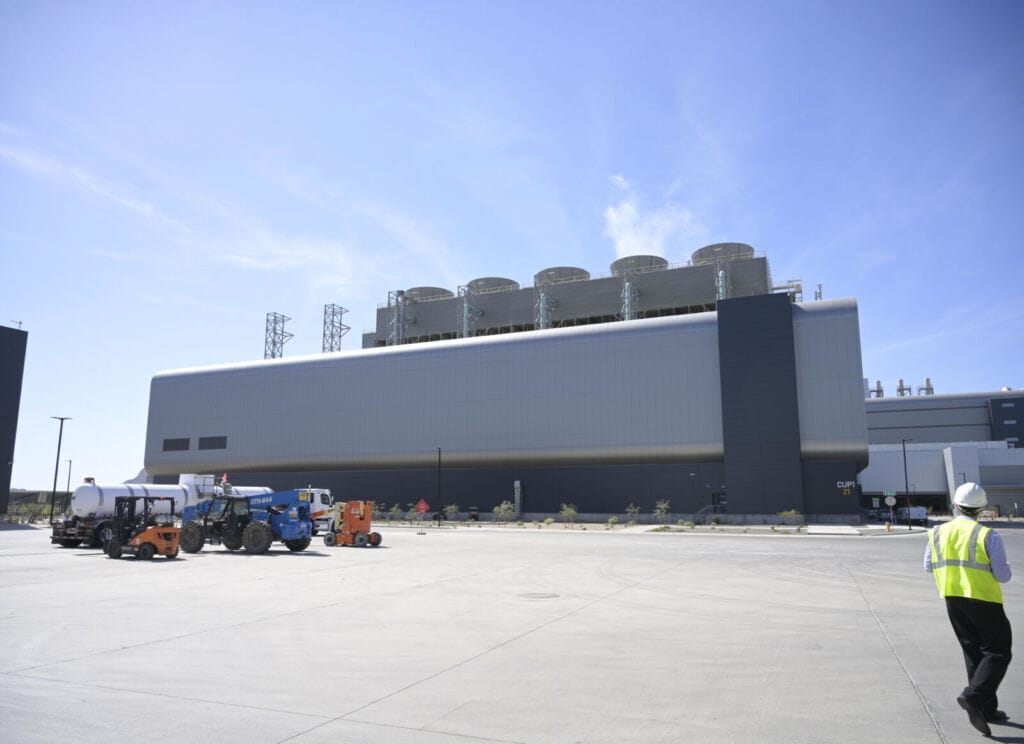
COOLING OFF: Manufacturing semiconductors generates heat, but TSMC Arizona utilizes a system to redirect it back into the process. Any excess heat escapes through the cooling towers, which can be observed as water vapor on chilly mornings. (Photo by Mike Mertes, AZRE magazine, a publication of AZ Big Media.
Water
In a drought-stricken climate such as Phoenix, the availability of water is paramount. That’s why the state has been at the forefront of water use planning for decades — the seminal 1980 Groundwater Management Act created the Arizona Department of Water Resources and mandated developers guarantee a 100-year supply of water in designated areas to ensure the tap does not run dry.
Even with policies in place to protect water supplies, residents are understandably concerned when large projects such as TSMC come to town. But Jackson notes that the company is committed to being responsible neighbors for decades to come.
READ MORE: TSMC Arizona: A look inside the $165 billion site
GET THE LATEST NEWS: Subscribe for free to get AZ Big Media’s newsletter
From an economic standpoint, TSMC’s recent $165 billion announcement underscores the vested interest the company has in the long-term health of the community. That investment, Jackson says, couldn’t happen without a strategic assessment of water supplies in conjunction with the city and state.
To reduce its overall water needs, TSMC is finding ways to reuse the same supplies. The first fab recycles about 65% of the water it uses thanks to systems within the factory and at the on-site Water Resource Center.
“We’re doing ion exchange to pull [contaminants] out of the water, as well as other treatments,” Jackson explains. “It’s like the water softener you might have at home, but a lot bigger and more complicated.”
Once recovered, those supplies can then be deployed in multiple ways, such as in cooling towers or for air abatement. Even though TSMC already recycles at a high rate, that will only increase as the Industrial Reclamation Water Plant is built, helping the site reach “near-zero liquid discharge.”
This will be achieved in part by recycling water up to the ultra-pure standards required to be reintroduced back into the production line — a significant feat. Semiconductors are highly sensitive and can be rendered defective by insufficiently clean water. For context, Jackson notes that trace elements in water are typically measured in the parts per million, whereas this facility reduces those levels to parts per billion and lower.
“Recycling and reclamation help minimize our footprint on the environment,” he concludes. “We’re not trying to use up all the groundwater so everyone runs out. We all live here, and we don’t want to create an issue in our own backyard.”
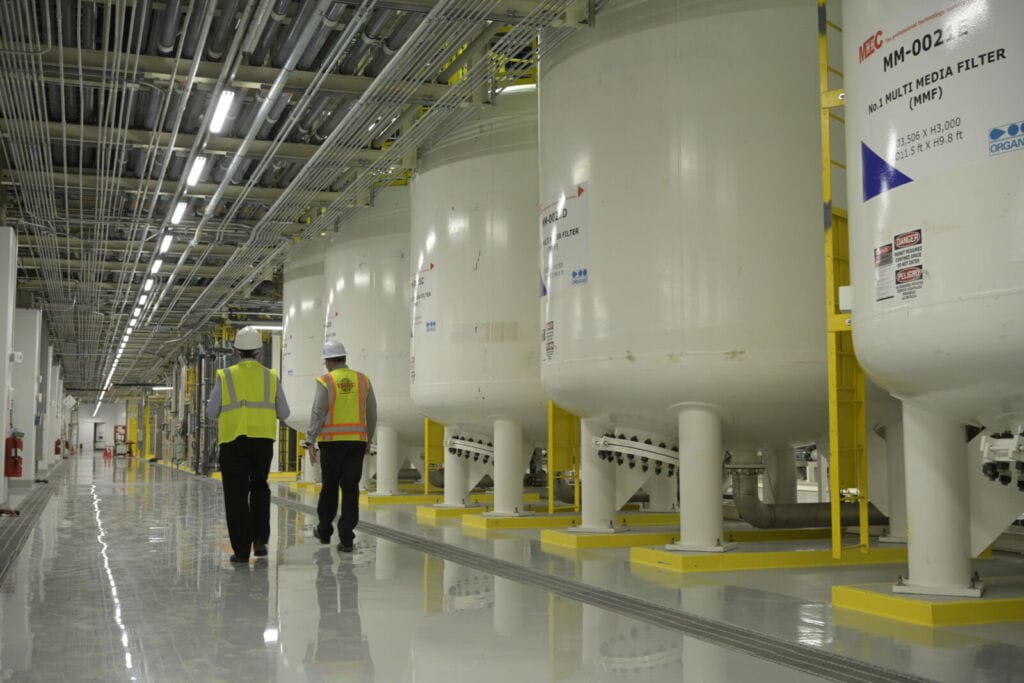
REDUCE, REUSE, RECYCLE: Water is a precious resource in the desert, so TSMC Arizona incorporates systems in the fabs and the Water Resource Center (pictured) to maximize every drop. Today, about 65% of water used is recycled, but the Industrial Reclamation Water Plant will help the site reach “near-zero liquid discharge” once built. (Photo by Mike Mertes, AZRE magazine, a publication of AZ Big Media.)

